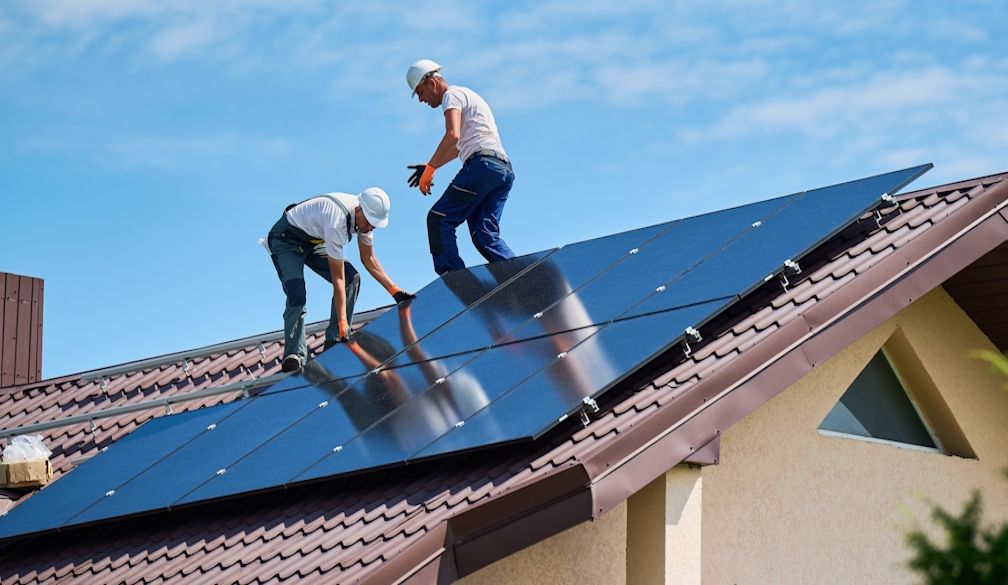Roofing Industry Trends to Watch in 2026

Driven by new technologies, sustainability demands, and shifting homeowner priorities, the roofing industry is poised for major transformation in 2026.
According to Roo Roofing in Brisbane, a leading roofing company, innovation and energy efficiency will define the next era of Australian roofing.
1. Sustainable Roofing Materials Go Mainstream
Sustainability is becoming mainstream. Homeowners and businesses alike are demanding roofing materials that not only look great but also minimise environmental impact.
Recycled steel, solar-reflective coatings, and sustainable tiles are among the most popular materials gaining traction. Colorbond and other energy-efficient metal roofing options are increasingly being used for both residential and commercial projects across Queensland.
Forward-thinking roofing companies are investing in materials that offer durability with a smaller carbon footprint. Expect manufacturers to ramp up research into recyclable and self-cooling materials that improve thermal performance and reduce waste.
2. Smart Roofs and Integrated Technology
Smart roofing systems that integrate with home automation are becoming more accessible, offering benefits like leak detection, moisture monitoring, and energy tracking.
By 2026, we’ll see more Australian roofers adopting smart technology solutions that provide real-time insights through sensors and connected apps. This proactive approach allows property owners to identify potential problems early, extending the lifespan of their roof and reducing costly repairs.
3. Energy Efficiency Becomes the Standard
With energy prices continuing to rise and sustainability targets tightening, energy-efficient roofing is set to dominate the market. Cool roofing systems that reflect more sunlight and absorb less heat are being prioritised for both new builds and restorations.
There’s a growing demand for roof insulation upgrades as part of larger roof replacements. Better insulation doesn’t just reduce energy bills; it makes homes more comfortable year-round, an appealing feature for Queensland homeowners battling hot summers.
Solar-ready roofs are also becoming standard, as more households plan for future solar installations even if panels aren’t fitted immediately. This future-proofing trend ensures the roofing structure can handle additional load and wiring when the time comes.
4. Labour Shortages Driving Innovation
Australia’s skilled trades sector has faced ongoing workforce shortages, and roofing is no exception. As experienced roofers retire and fewer apprentices enter the trade, the industry is turning to technology and new workflows to fill the gap.
Prefabricated roofing systems, 3D measurement tools, and drone inspections are helping companies maintain efficiency without compromising quality. These innovations not only improve safety and accuracy but also allow roofing companies to deliver projects faster.
Automation in estimating and quoting software is another game-changer, streamlining administration so that tradespeople can focus on what they do best.
5. Increased Focus on Roof Restoration and Longevity
While roof replacements will always be essential for severely damaged or outdated roofs, there’s a growing trend toward roof restoration as a cost-effective and sustainable option.
Homeowners are increasingly recognising that a professional restoration can extend a roof’s lifespan by 10–15 years, improving both appearance and performance. Restorations have become a preferred choice for customers who want to boost curb appeal without the cost of a full replacement.
Advanced coatings, protective membranes, and weather-resistant paints will play a key role in the next generation of restorations, particularly in Queensland’s harsh sun and storm seasons.
6. The Rise of Data-Driven Maintenance
By 2026, data will underpin nearly every aspect of the roofing industry. Digital project tracking, drone mapping, and predictive maintenance models are transforming how roofing companies plan, execute, and maintain projects.
Through ongoing data collection and analysis, businesses can better forecast repair schedules and material needs, resulting in improved customer service and reduced downtime. For property managers and large commercial clients, this data-driven approach delivers long-term value and peace of mind.
Final Thoughts
The roofing industry is entering one of its most innovative periods yet. Sustainability, technology, and smarter maintenance strategies will reshape how Australians build and care for their roofs.
Whether you’re a homeowner considering a roof replacement or a developer planning your next project, staying ahead of these trends will help ensure your investment stands the test of time.









